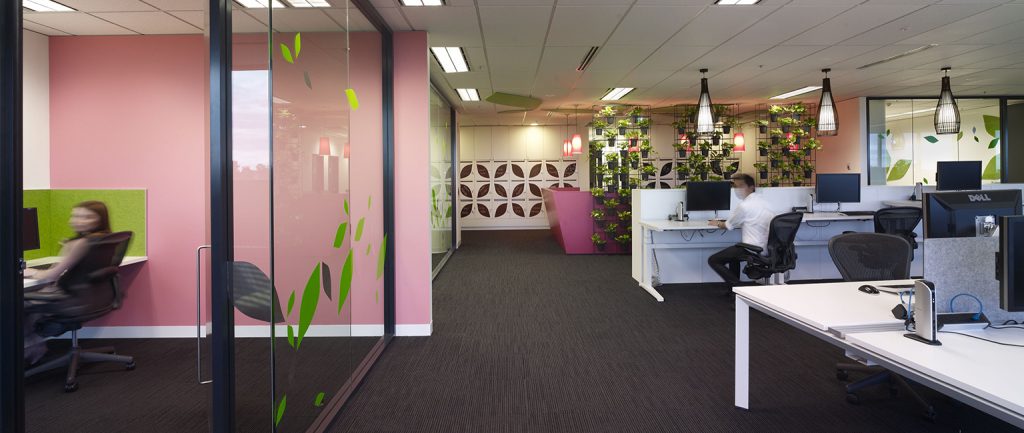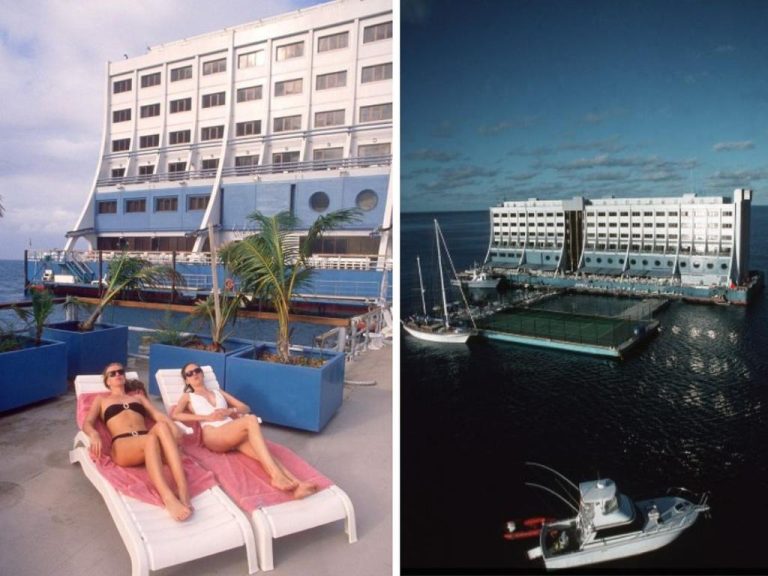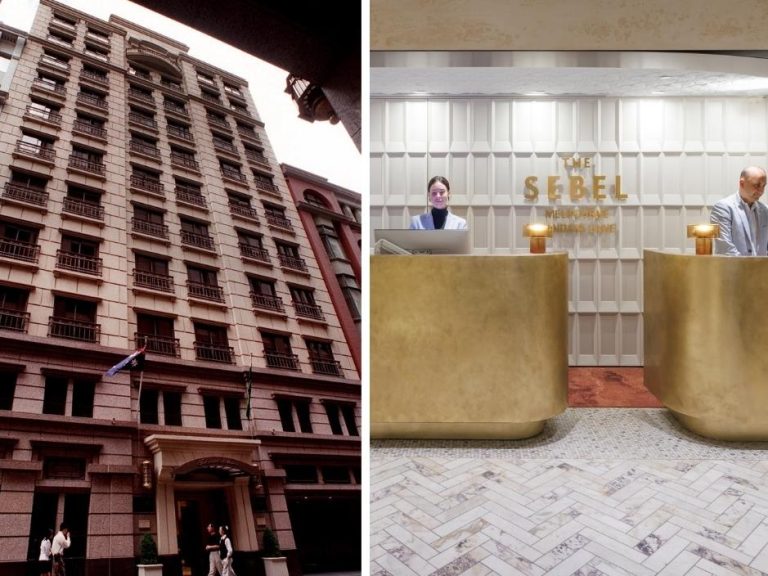3D printing the next weapon in office design

Imagine being able to offer your new staff a chair and workspace that have been 3D printed to match their exact physique and requirements.
It’s an idea that might soon be a reality as companies search for their next weapon in the war to attract and retain the best employees, according to a leading office design firm.
Angela Ferguson, managing director of Futurespace – the designers behind stunning office fitouts for Google, Microsoft, MYOB and Wotif, among others – says with businesses seeking an edge as they try to recruit new staff, being able to offer complete workplace customisation could be the new frontier.
Design trends: The changing face of Australia’s law firms
“3D printing was initially about prototyping and then it was about mass production, but now it’s becoming about mass customisation,” Ferguson says.
“So that idea of 3D printing and mass customisation and how that will influence creating really bespoke workplaces for people, I think that’s quite interesting.”
“Imagine being able to say to new staff member, you can have your new chair in your new workspace 3D printed to suit your own physique.”
First impressions last
With unemployment remaining low and good staff increasingly difficult to find, the importance of offering an attractive physical environment is more pertinent than ever, Ferguson says.
Market conditions have also tipped the balance of power in prospective employees’ favour, she says, with businesses forced to lift their game in order to keep themselves in the hunt to secure the people they want.
Among the companies to have reinvented their office space is online holiday booking service Wotif, which at one stage avoided bringing potential employees to its old offices, for fear of turning them off the job.

Wotif made big changes when it moved to its new offices.
“What they would do was because the office that they had was so bland and it didn’t say anything about who they were and their culture, they would actually interview (candidates) in a café down the road,” Ferguson says.
“They were losing staff to people like Facebook and Google and the other tech companies, and they wanted to be able to compete on that same playing field.”
“When we worked with them it was very deliberate, they made a very deliberate choice, they chose a heritage building that had character and was interesting, and the design was all based around the idea of travel and exploration and energy, so we used a lot of different design elements that made you excited about being a part of this travel brand.”
Open plan closes up
Ferguson says that with unemployment remaining low and good staff increasingly difficult to find, the importance of offering an attractive physical environment is more pertinent than ever.
Ferguson says offices are trending away from the sprawling open plan layouts that became so popular over the past decade.
“What we’ve found here in Australia is that it’s not just about those fun spaces, it’s also about giving staff a place they can actually get some work done,” she says.

Google’s offices in Pyrmont, Sydney.
“There’s been a bit of a backlash against the open plan, and the best workplaces now really provide a diversity of settings to allow for the introvert and extrovert, and the collaborator and the networker.”
“They really allow for a whole bunch of different work styles to be accommodated as well as providing all of those fun team spaces as well.”
A calculated cost
Ferguson says that the cost of fitting out a modern office now averages around $1400 per square metre, but that in an age where simply filling a space with desks and a couple of meeting rooms no longer cuts it, spending decent dollars on a workspace should be considered an investment.
“I know that’s a scary number, but the other side of that is that people can refurbish for much cheaper. They can stay where they are and add elements into their existing workplace and obviously they can spend less money doing that,” she says.
“The way we look at it, if you calculate the cost of that over the course of a 10 to 15-year lease, it’s around 1-2% of your business’ costs, but if you consider that around 80% of all organisations’ costs are its people, what do you want to do, do you want to spend 1% and … influence the 80%?”
“In this war for talent and this highly competitive world we live in, you’ve got to do it properly.”







